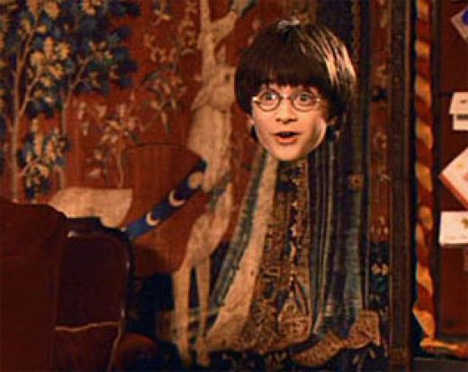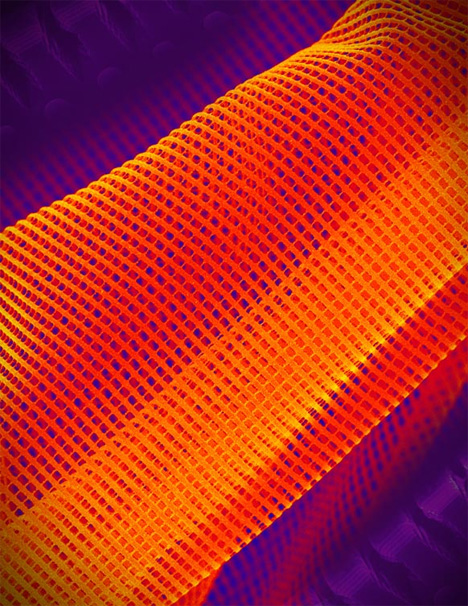
We’ve been hearing for years now about how metamaterials will make invisibility cloaks possible, but so far no one has been able to make the materials in big enough pieces for them to be useful. A new printing method developed by John Rogers, a materials science professor at The University of Illinois at Urbana-Champaign, will make it possible to print metamaterials in much larger pieces. The specific material Rogers is working with interacts with near-infrared light, bending it the “wrong” way and making nighttime invisibility cloaks a distinct possibility for the near future.

Rogers’ method involves molding a plastic stamp with a raised fishnet pattern on it. Alternating layers of the metamaterial ingredients are laid on the stamp, forming a mesh which is then transferred to a piece of glass or plastic. The resulting metamaterial sheets are only a few inches per side, but still many times larger than the previous iterations of similar materials. According to Rogers, his technique produces materials with even better optical properties than those made with traditional methods. By stringing together several stamps, huge sheets of metamaterials could be made – which means that within years, we could be sporting actual Cloaks of Invisibility.

